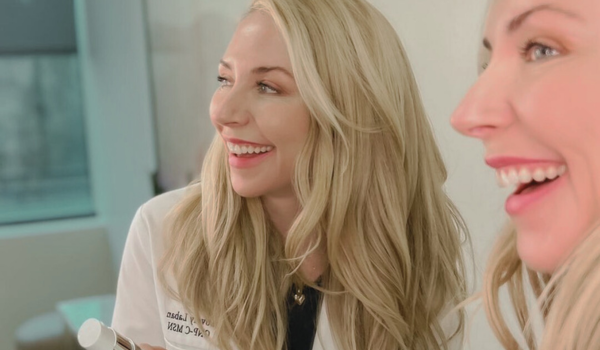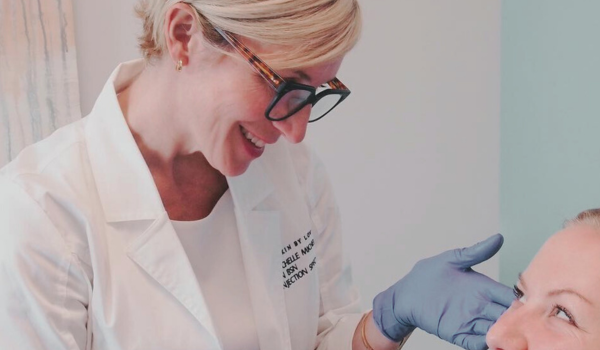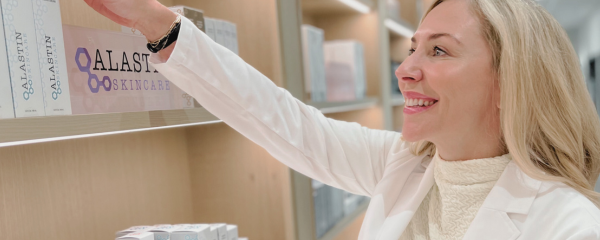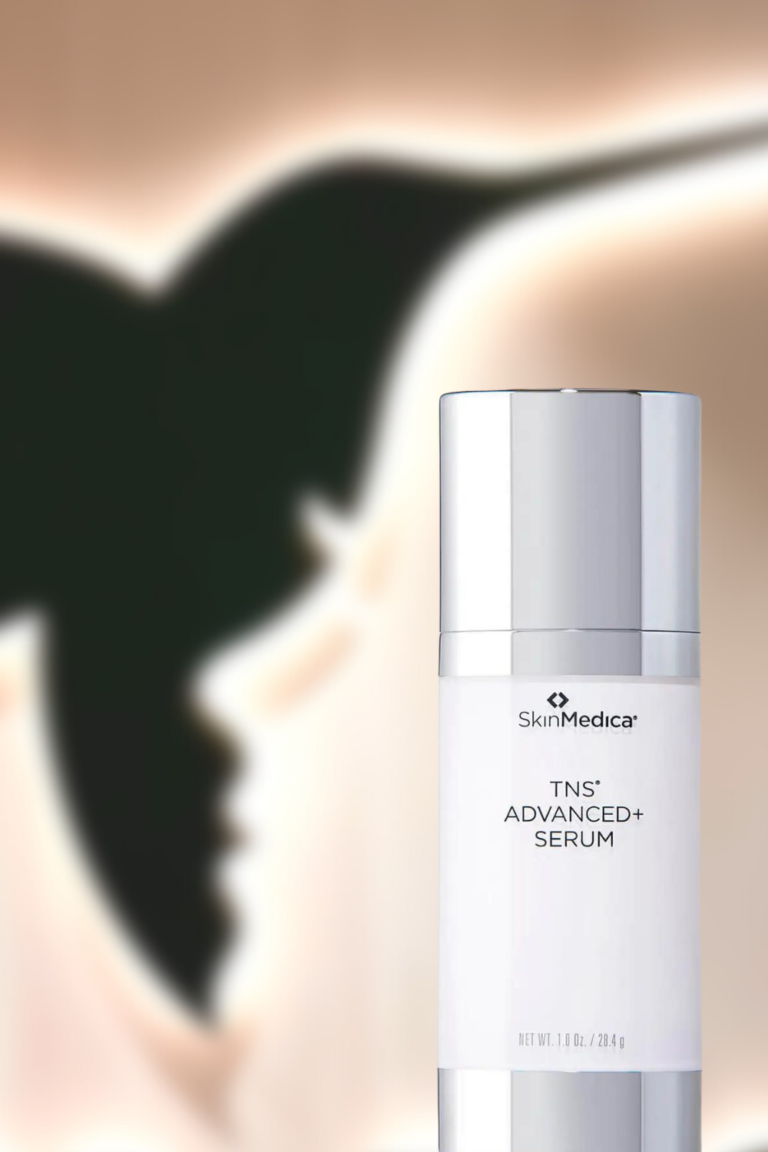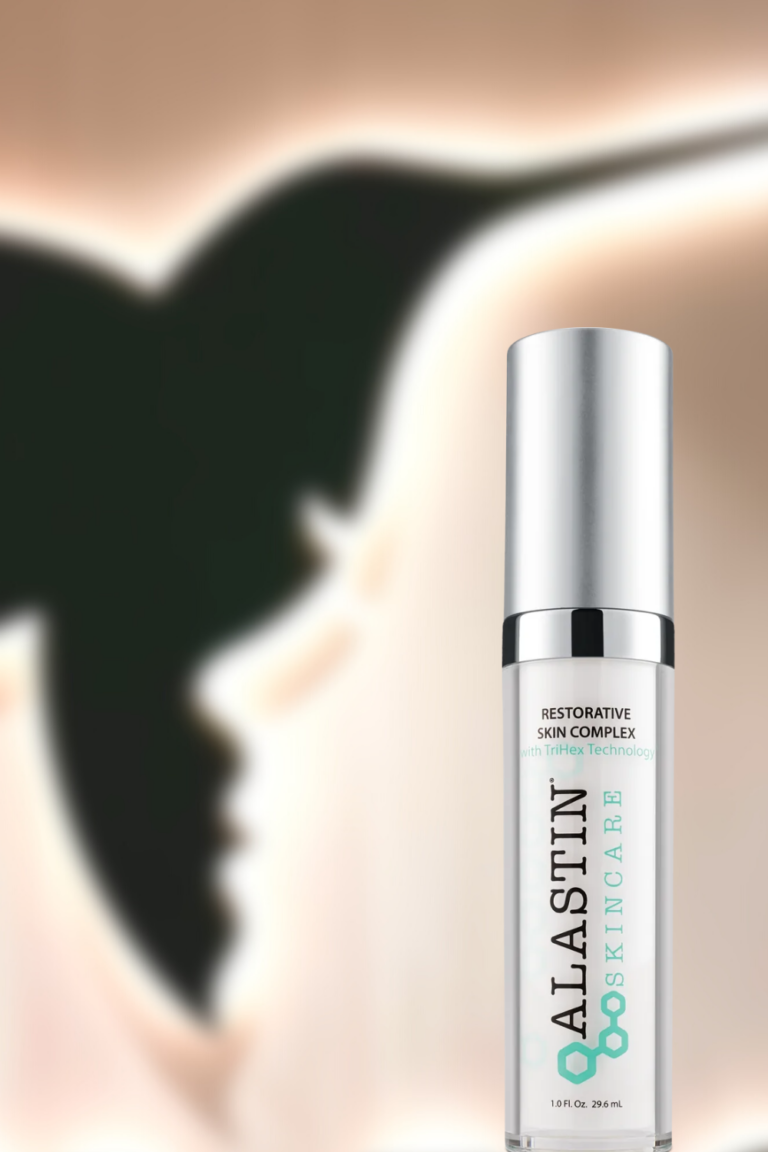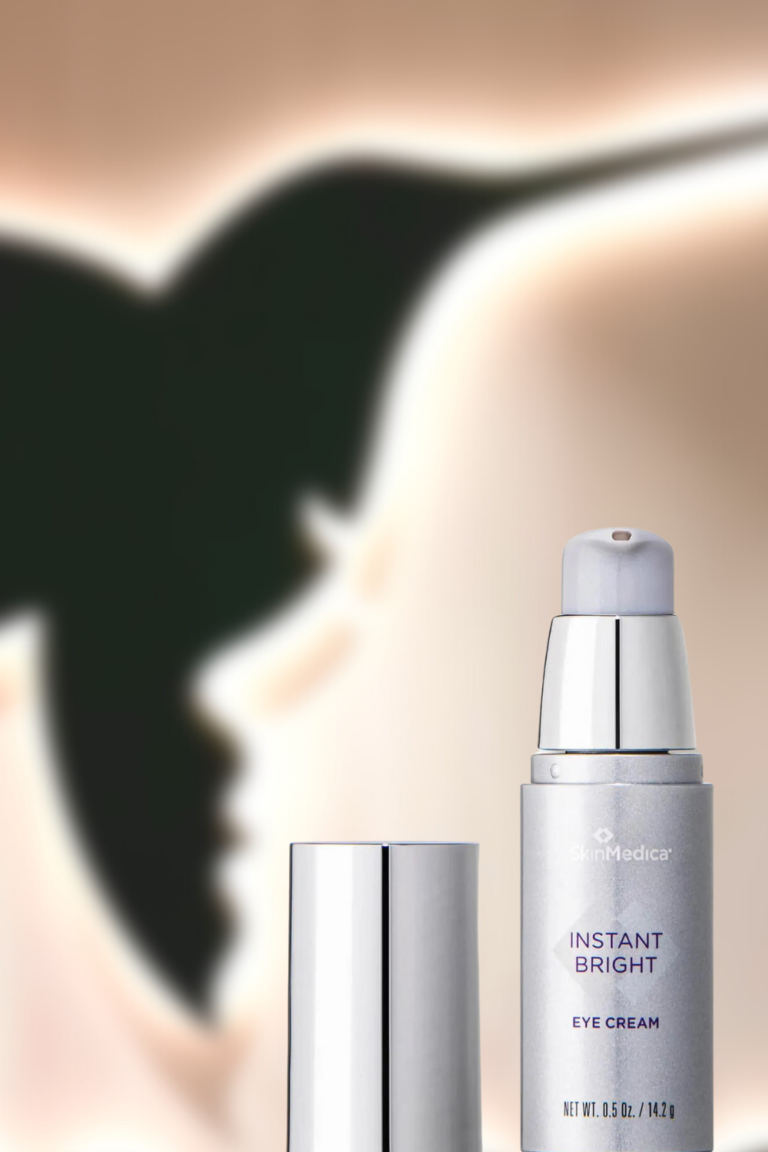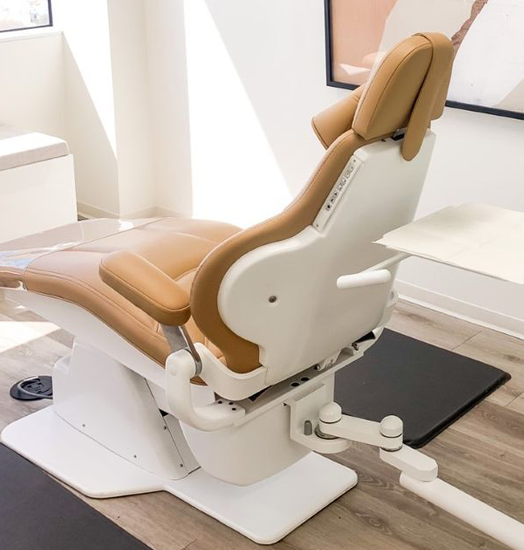One of the non-cosmetic uses for Botox that has been studied and used over the last 25 years is in the correction of eye muscle disorders such as strabismus.
Strabismus is more commonly known as “crossed eyes”; this occurs when one or more of the eye muscles are paralyzed, resulting in an abnormal alignment of the eyes. The problem was illustrated really well on a recent episode of ‘The Doctors’ television show; you can see that episode HERE. When a neurotoxin such as Botox is injected into the muscle of the eye that is causing the eye to pull in the wrong direction, the Botox temporary weakens the muscle, resulting in a correction of the strabismus and a balancing of the alignment. You can see a nice example of a typical injection of Botox for strabismus HERE.
In one study, which served as the pivotal trial leading to the FDA approval of Botox for strabismus in 1989, when low dose Botox was injected into the medial and lateral aspect of the rectus muscle (the muscle that controls the movements of the eye), the deviation was decreased by 60%. There has also been research on injecting the superior rectus muscle for residual strabismus, creating a reduction of a 10-degree angle.
Botox is a temporary treatment, but repeating treatment can help maintain the reduction of the deviation. Most treatments are done with low doses of Botox, however there are some treatments done with higher doses, which result in better improvements; however, it also increasing the chance of side effects.
In almost all strabismus cases that were treated with Botox, patients experienced a side effect known as ptosis. Ptosis is a medical term meaning “drooping” or “falling” of the upper or lower eyelid. Ptosis is usually resolved when the Botox metabolizes out of the patient’s system.
There are a number of celebrities and public figures who have suffered with strabismus. One of the more visible celebrities in recent years is Paris Hilton. While celebrities’ medical records are often kept a close guarded secret, the tabloid and popular press keep close watch on such interesting, humanizing qualities of Hollywood celebrities, while others who are in the spotlight will often come forward to help raise awareness and support for specific medical conditions.
Some of the most remarkable work done in this area is performed on children. There’s an interesting article that we found with some really impressive pictures published by the American Academy of Opthalmology, the leading association of eye doctors in the United States. In THIS article, you can see some remarkable pictures of young people with very clear signs of strabismus and how Botox has helped to restore natural form and function of the young eyes without risky surgery. This has an incredible impact on all areas of their lives, including their ability to read, learn, communicate with others and ultimately develop into high-functioning adults.
It’s just another example of how Botox is about much more that vanity!

